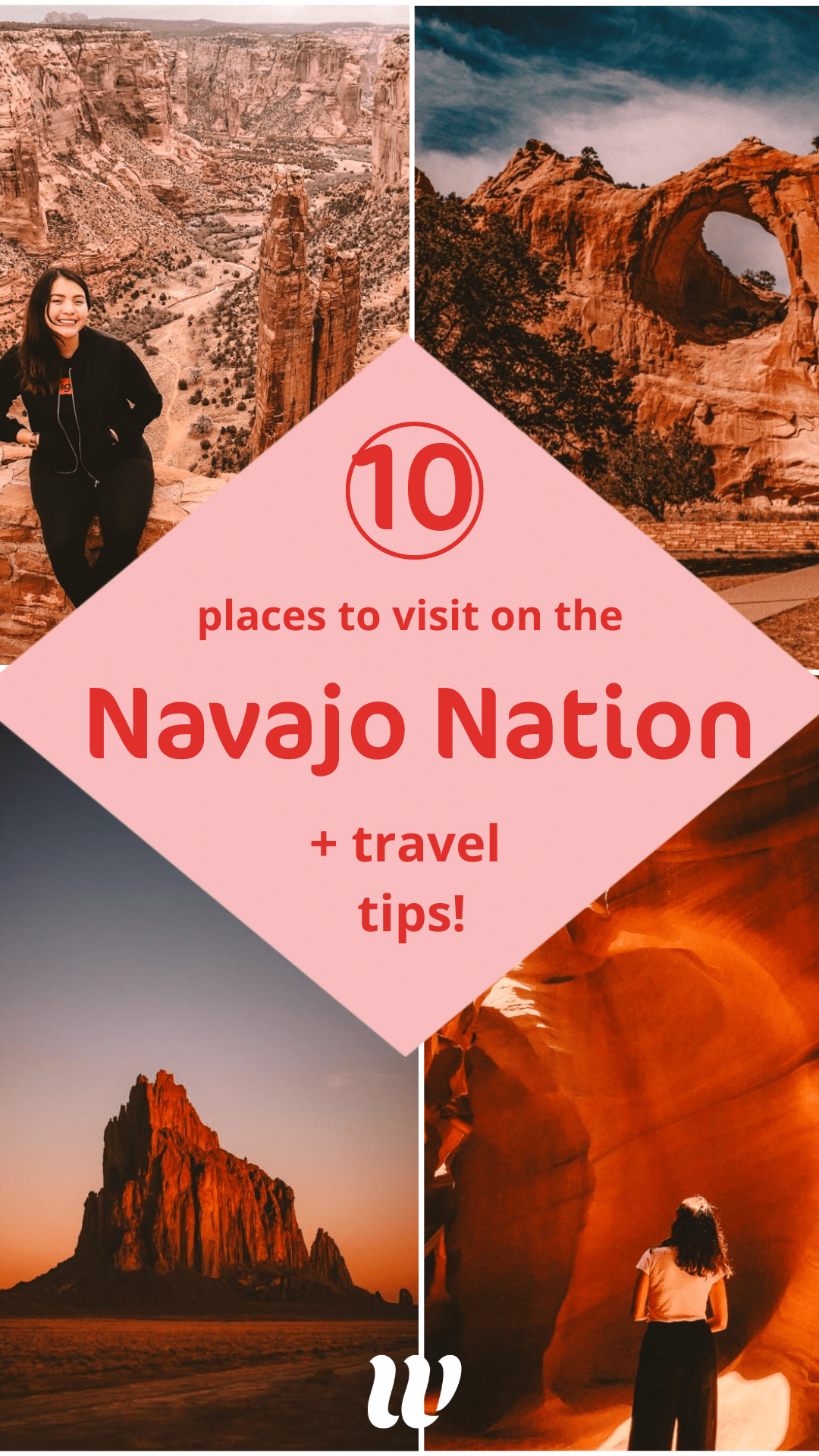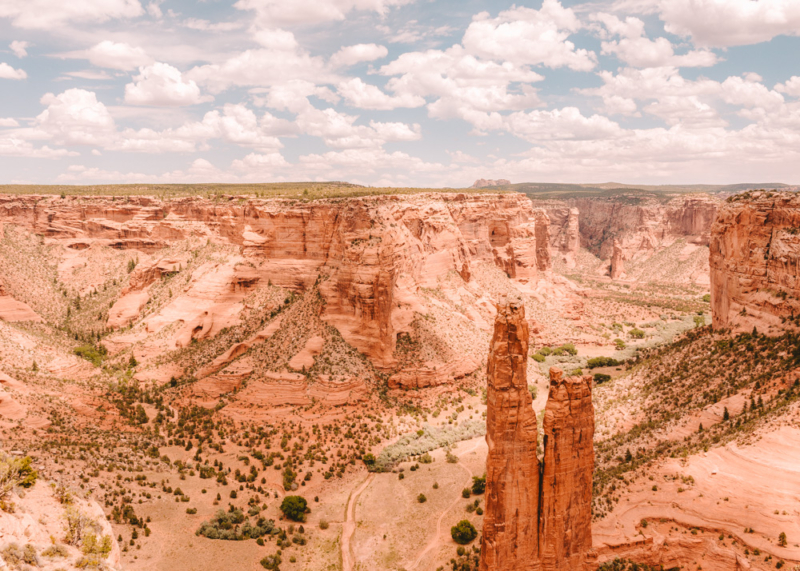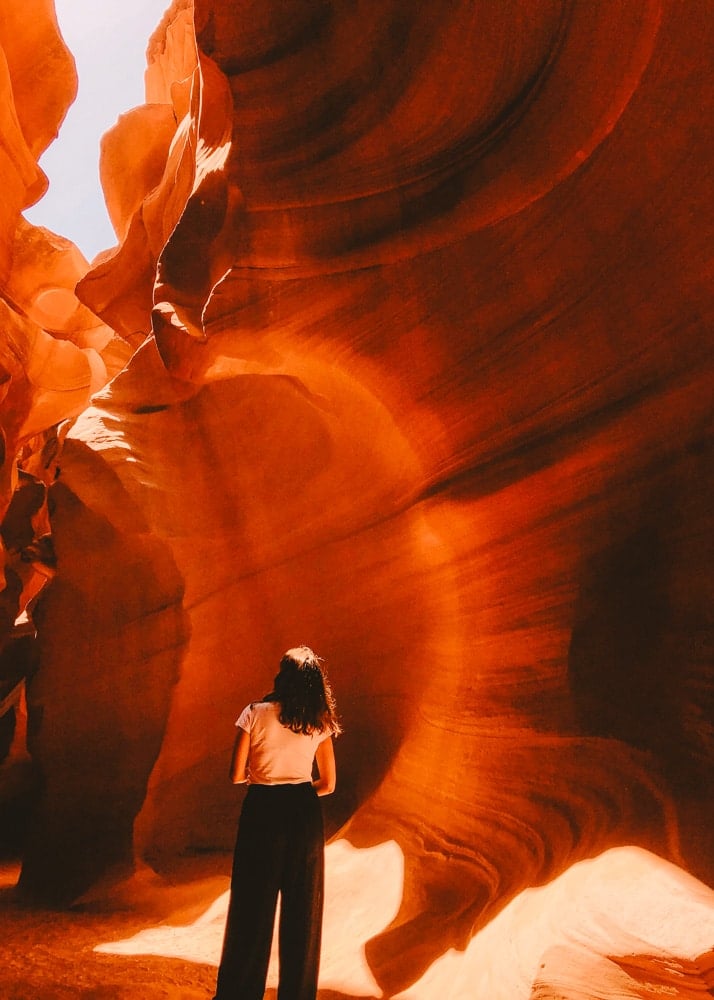
Navigating the Seasons: Finding the Best Holiday Time to Visit Navajo Nation
The Navajo Nation, or Diné Bikéyah, is a vast and awe-inspiring landscape, a sovereign territory rich in culture, history, and natural beauty, spanning parts of Arizona, Utah, and New Mexico. Visiting this sacred land is a profound experience, but timing your trip, especially during the bustling holiday periods, requires careful consideration. The "best" time is subjective, depending on your priorities: avoiding crowds, enjoying specific cultural events, experiencing ideal weather for outdoor pursuits, or simply finding a quiet moment of reflection. This guide delves into the nuances of each major holiday season, offering insights to help you plan your unforgettable journey.
Defining "Best": Your Holiday Priorities
Before pinpointing the optimal holiday, consider what you seek. Do you prioritize mild weather for extensive hiking and photography? Are you eager to witness vibrant cultural celebrations? Is avoiding peak tourist crowds paramount? Or perhaps you dream of experiencing the stark, quiet beauty of the high desert in winter? Each holiday period presents a unique set of advantages and challenges.
Winter Holidays: Thanksgiving, Christmas, New Year’s (Late November – Early January)
The winter months on the Navajo Nation offer a deeply spiritual and often solitary experience. While many envision the desert as perpetually warm, winters can be surprisingly cold, with temperatures frequently dropping below freezing, especially at night. Snowfall is not uncommon, transforming iconic landscapes like Canyon de Chelly or Monument Valley into ethereal, white-dusted masterpieces.

Pros:
- Fewer Crowds: Outside of specific local events, tourist numbers generally plummet, offering a more intimate and serene experience at popular sites. This is ideal for photographers seeking pristine, untouched vistas.
- Unique Beauty: The low angle of the winter sun casts long, dramatic shadows, highlighting the contours of the landscape. A fresh blanket of snow can render the familiar utterly spectacular.
- Cultural Immersion: Winter is traditionally a time for storytelling in Diné culture, a period when sacred narratives are shared around warm fires. While these are often private family gatherings, some cultural centers or guides might offer opportunities for visitors to respectfully learn about winter traditions.
- Stark Solitude: For those seeking quiet contemplation and a profound connection to the land without the distraction of bustling crowds, winter is unparalleled.
Cons:
- Harsh Weather: Temperatures can be bitter, and strong winds are common. Snow and ice can make driving challenging, potentially leading to road closures, especially on higher elevation routes or unpaved roads.
- Shorter Daylight Hours: Limited daylight means less time for outdoor exploration.
- Reduced Services: Some tour operators, attractions, or visitor centers may operate on reduced hours or close entirely.
- Limited Outdoor Activities: Extensive hiking or camping might be curtailed due to cold and potential snow.

Fact/Quote: The Diné have a profound respect for the land in all seasons. As a Navajo elder once shared, "The land speaks loudest in winter’s quiet." Embrace the cold, bundle up, and you might discover a deeper layer of the Nation’s spirit.
Spring Holidays: Easter, Spring Break, Memorial Day (March – Late May)
Spring is a season of awakening and renewal across the Navajo Nation, gradually transitioning from the chill of winter to the warmth of summer. This period sees a significant increase in visitors, particularly around Spring Break and Memorial Day, which unofficially kicks off the summer tourist season.
Pros:
- Mild Temperatures: Days are generally pleasant, perfect for hiking, exploring, and outdoor photography, though nights can still be cool.
- Desert Blooms: Late spring, especially April and May, can bring forth a spectacular display of wildflowers, painting the desert floor with vibrant hues after sufficient winter moisture.
- Longer Daylight: More daylight hours allow for extended exploration.
- All Services Opening: Most tour operators, accommodations, and attractions are fully operational.
Cons:
- Spring Break Crowds: While not as intense as at coastal destinations, popular gateway towns and national parks bordering the Nation (like the Grand Canyon) can see an influx of visitors, which can spill over.
- Variable Weather: Spring can be unpredictable, with sudden temperature drops, high winds, and occasional late-season snowstorms.
- Memorial Day Rush: The Memorial Day weekend marks a significant surge in visitors, leading to higher prices, fully booked accommodations, and increased traffic at popular sites. Booking well in advance is crucial.
Fact/Quote: The desert’s resilience in spring is a marvel. "Even in the harshest lands, beauty finds a way to blossom," a common observation that rings true across the Diné landscape.
Summer Holidays: Independence Day, Labor Day (Early July – Early September)
Summer on the Navajo Nation is characterized by intense heat, vibrant cultural events, and the peak of the tourist season. While the sheer scale of the Nation often disperses crowds, popular attractions will be busy, and the weather demands respect.
Pros:
- Longest Daylight Hours: Maximized time for exploration and activities.
- All Attractions Open: Every tour, attraction, and service is in full swing.
- Cultural Events: Summer is a prime time for rodeos, powwows, and local community fairs across the Nation. The most significant event is the Navajo Nation Fair (typically early September, aligning perfectly with Labor Day weekend), the largest Native American fair in North America. This multi-day event in Window Rock features rodeos, traditional dances, parades, food vendors, arts and crafts, and much more, offering an unparalleled immersion into Diné culture.
- Monsoon Season Drama: Late July through August can bring the monsoon season, characterized by dramatic afternoon thunderstorms. While these can pose flash flood risks in canyons, they also create stunning photographic opportunities with dramatic skies and vibrant sunsets.
Cons:
- Extreme Heat: Daytime temperatures frequently exceed 100°F (38°C), making outdoor activities during midday hours dangerous. Dehydration and heatstroke are serious risks.
- Crowds and Prices: Expect the highest prices for accommodations and tours, and anticipate larger crowds at major sites. Booking months in advance is essential.
- Flash Flood Risk: During monsoon season, heavy rains can cause flash floods in washes and slot canyons, which can be extremely dangerous. Always check weather forecasts and heed warnings.
Fact/Quote: The Navajo Nation Fair is not just an event; it’s a living celebration of Diné identity. "It is where our past meets our present, and our future takes root," remarked a fairgoer, encapsulating its profound significance. Staying hydrated is paramount: "Water is life, especially here," a constant reminder from local guides.
Autumn Holidays: Indigenous Peoples’ Day/Columbus Day, Veterans Day (Mid-September – Mid-November)
Many seasoned travelers and locals consider autumn to be the absolute best time to visit the Navajo Nation during a holiday period. The intense summer heat gives way to glorious mild days, the crowds thin out post-Labor Day, and the landscapes take on a breathtaking golden hue.
Pros:
- Ideal Weather: Temperatures are wonderfully mild and comfortable, perfect for hiking, biking, and extended outdoor exploration. Days are sunny, and nights are cool and crisp.
- Fewer Crowds: After the Labor Day rush, visitor numbers significantly decrease, offering a more peaceful experience at popular sites.
- Stunning Photography: The light is often described as "golden," enhancing the vibrant reds, oranges, and purples of the landscape. In higher elevations like the Chuska Mountains, you can even witness brilliant fall foliage.
- Harvest Season: Traditionally a time of harvest, autumn resonates with a sense of bounty and gratitude in Diné culture.
- Perfect for Hiking: Trails are at their most inviting, with comfortable temperatures and fewer people.
Cons:
- Shorter Days: Daylight hours gradually shorten as winter approaches.
- Cooler Nights: While days are pleasant, nights can become quite cold, especially by Veterans Day.
- Some Services Winding Down: Towards mid-November, some seasonal tour operators or small businesses might begin to scale back operations in preparation for winter.
Fact/Quote: The Navajo concept of Hózhó, often translated as "beauty, harmony, and balance," feels most palpable in the autumn. The land seems to breathe a sigh of contentment, inviting visitors to share in its serene beauty. "The land speaks of peace when the air is crisp and the sun shines soft," a sentiment often echoed.
Navajo-Specific Considerations Beyond Federal Holidays
Beyond the federally recognized holidays, the Navajo Nation hosts numerous local events throughout the year. While less predictable for holiday travel, checking local tribal tourism calendars for specific chapter houses or communities can reveal unique opportunities. These might include smaller rodeos, cultural dances, or art markets that offer an even more authentic glimpse into Diné life.
Practical Advice for Holiday Visits to Navajo Nation
Regardless of when you visit, certain preparations are vital:
- Book Well in Advance: This cannot be stressed enough for any holiday visit. Accommodations, guided tours (especially for restricted areas like Canyon de Chelly or Monument Valley backcountry), and even popular restaurants can fill up quickly.
- Permits and Guides: Many areas within the Navajo Nation require permits for hiking, camping, or even photography. Certain sacred sites or backcountry areas are only accessible with a licensed Navajo guide. Always research and respect these regulations.
- Respect the Land and Culture: The Navajo Nation is a living, breathing homeland. Treat the land, its people, and its traditions with the utmost respect. Ask for permission before photographing people, do not trespass on private property, and always pack out everything you pack in.
- Be Weather Prepared: The high desert climate is extreme. Always carry plenty of water, wear layers, protect yourself from the sun (even in winter), and be aware of rapidly changing conditions.
- Distances and Fuel: The Navajo Nation is vast. Gas stations can be few and far between, so plan your fuel stops carefully.
- Cell Service: Cell phone coverage can be spotty or non-existent in many remote areas.
- Support Local Businesses: When possible, purchase goods, art, and services directly from Diné artisans and businesses to support the local economy.
Conclusion: Your Journey Awaits
Ultimately, the "best" time to visit the Navajo Nation during a holiday period hinges on your personal preferences. For a blend of ideal weather, manageable crowds, and stunning natural beauty, autumn holidays (Indigenous Peoples’ Day, Veterans Day) stand out as the prime choice. However, each season offers its own unique rewards: the profound solitude of winter, the vibrant awakening of spring, or the cultural immersion and lively events of summer.
No matter when you choose to visit, approaching the Navajo Nation with an open heart, a spirit of respect, and thorough preparation will ensure a truly enriching and unforgettable journey into Diné Bikéyah, a land where ancient traditions meet boundless natural grandeur.


